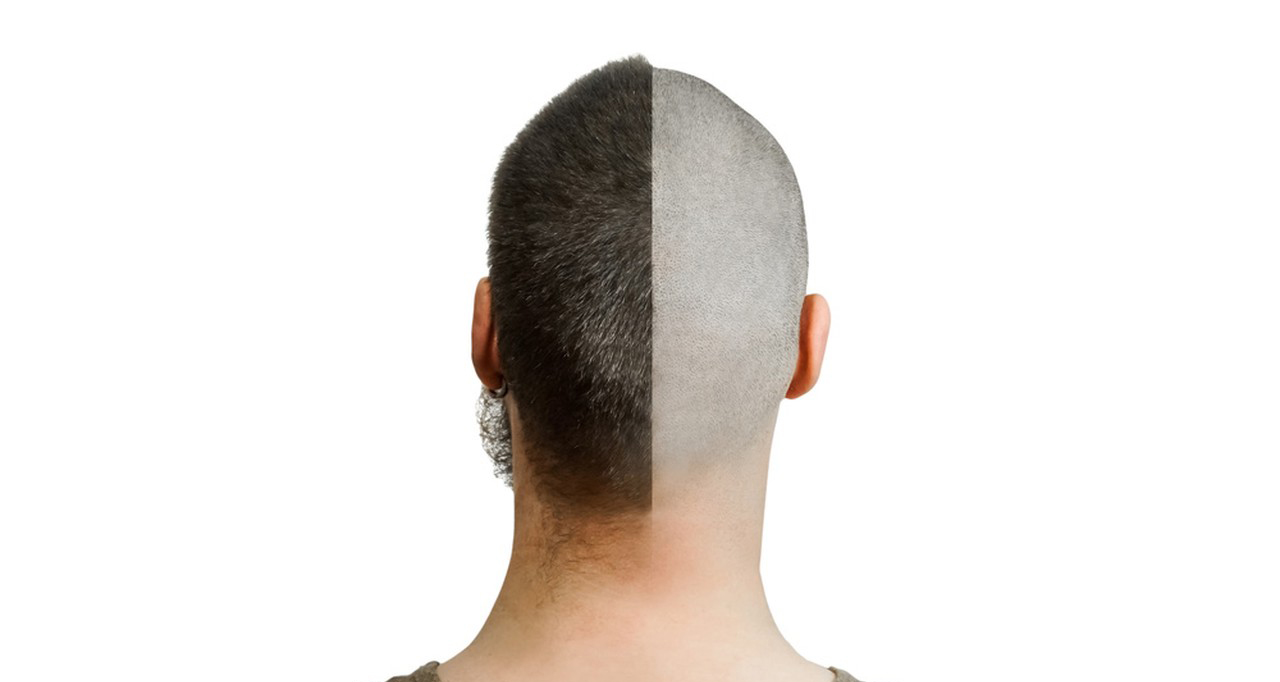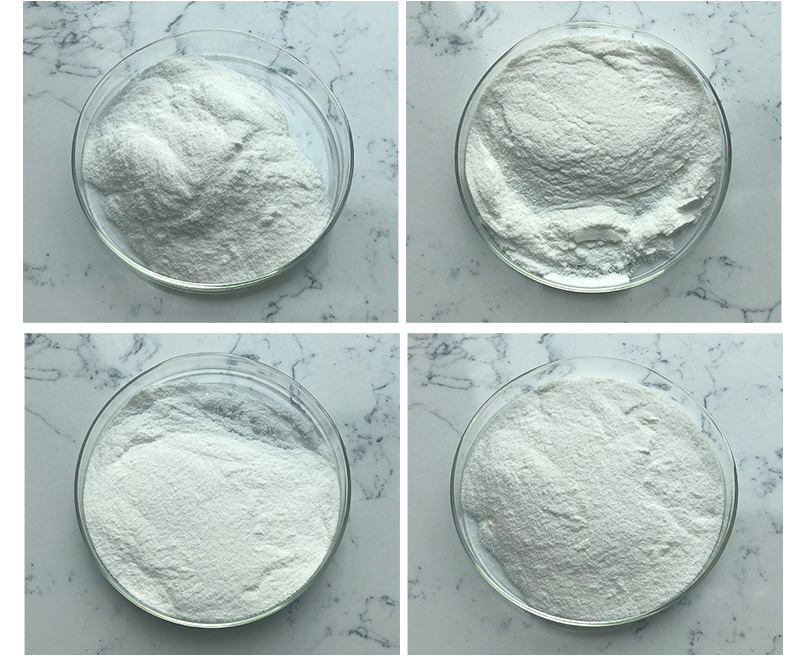Minoxidil and Minoxidil Tincture refer to the same active ingredient (minoxidil) used to promote hair growth, but the main difference lies in their formulation and form of application.
1. Minoxidil (Standard Solution)
- Formulation: Minoxidil is typically available as a topical solution or foam, and it contains the active ingredient Minoxidil dissolved in a carrier solution. The most common concentrations are 2% and 5%.
- Application: It’s directly applied to the scalp, usually twice a day, to stimulate hair growth.
- Usage: Minoxidil is used for promoting hair regrowth in conditions like androgenic alopecia (male and female pattern baldness), though its exact mechanism of action is still not fully understood.
2. Minoxidil Tincture
- Formulation: The term Minoxidil tincture usually refers to a formulation where Minoxidil is dissolved in alcohol (ethanol), and sometimes in a combination of alcohol and propylene glycol, which acts as a solvent. It may also contain other ingredients to enhance absorption.
- Application: It’s applied similarly to the standard Minoxidil solution but has a higher alcohol content, which can lead to a more rapid drying time.
- Usage: The tincture version is essentially a variant of the Minoxidil solution with a specific solvent (alcohol), and it’s used for the same purpose, i.e., promoting hair growth.

Key Differences:
- Alcohol Content: Minoxidil tinctures often have a higher alcohol content than the standard Minoxidil solutions, which can lead to quicker drying but may also cause dryness or irritation on the scalp for some individuals.
- Absorption: The alcohol in the tincture may help the Minoxidil to absorb faster into the scalp.
- Irritation: The alcohol in the tincture may cause more scalp irritation compared to other Minoxidil formulations (e.g., foam, which contains less alcohol).
Both products are effective for hair regrowth, but the tincture may be more drying or irritating for some people due to its alcohol content. If irritation occurs, a gentler formulation like Minoxidil foam or a lower alcohol solution may be preferred.
Germinal Principle of Minoxidil
Germinal principle of minoxidil refers to its mechanism of action, particularly in relation to hair growth and the stimulation of hair follicles. Minoxidil was originally developed as a medication for high blood pressure, but its ability to promote hair regrowth was discovered as a side effect. The exact mechanism by which minoxidil stimulates hair growth is not fully understood, but several key principles have been proposed:
1. Vasodilation
Minoxidil is a vasodilator, meaning it dilates blood vessels, which can improve blood flow to the hair follicles. This enhanced circulation may provide more oxygen and nutrients to the hair follicles, encouraging hair growth.
2. Follicle Stimulation
Minoxidil is believed to stimulate hair follicles, particularly the transition of hair from the telogen (resting) phase to the anagen (growth) phase. It can prolong the anagen phase, leading to increased hair growth and thicker, fuller hair.

3. Potassium Channel Activation
Minoxidil is thought to open potassium channels in the smooth muscle cells of the blood vessels. This action may play a role in the stimulation of hair follicles by creating a more favorable environment for hair growth.
4. Increased Prostaglandin Synthesis
Some studies suggest that minoxidil may increase the synthesis of prostaglandins, specifically prostaglandin E2 (PGE2), in the hair follicles. Prostaglandins are lipid compounds that can promote hair growth by affecting the hair cycle.
5. Enhanced Dermal Papilla Function
Minoxidil may influence the dermal papilla, a structure at the base of the hair follicle that plays a critical role in regulating the hair growth cycle. The dermal papilla is involved in signaling the hair follicle to grow, and minoxidil may help activate these signals.
While these principles contribute to minoxidil’s effectiveness, its full mechanism is still not entirely understood, and its impact can vary from person to person.
